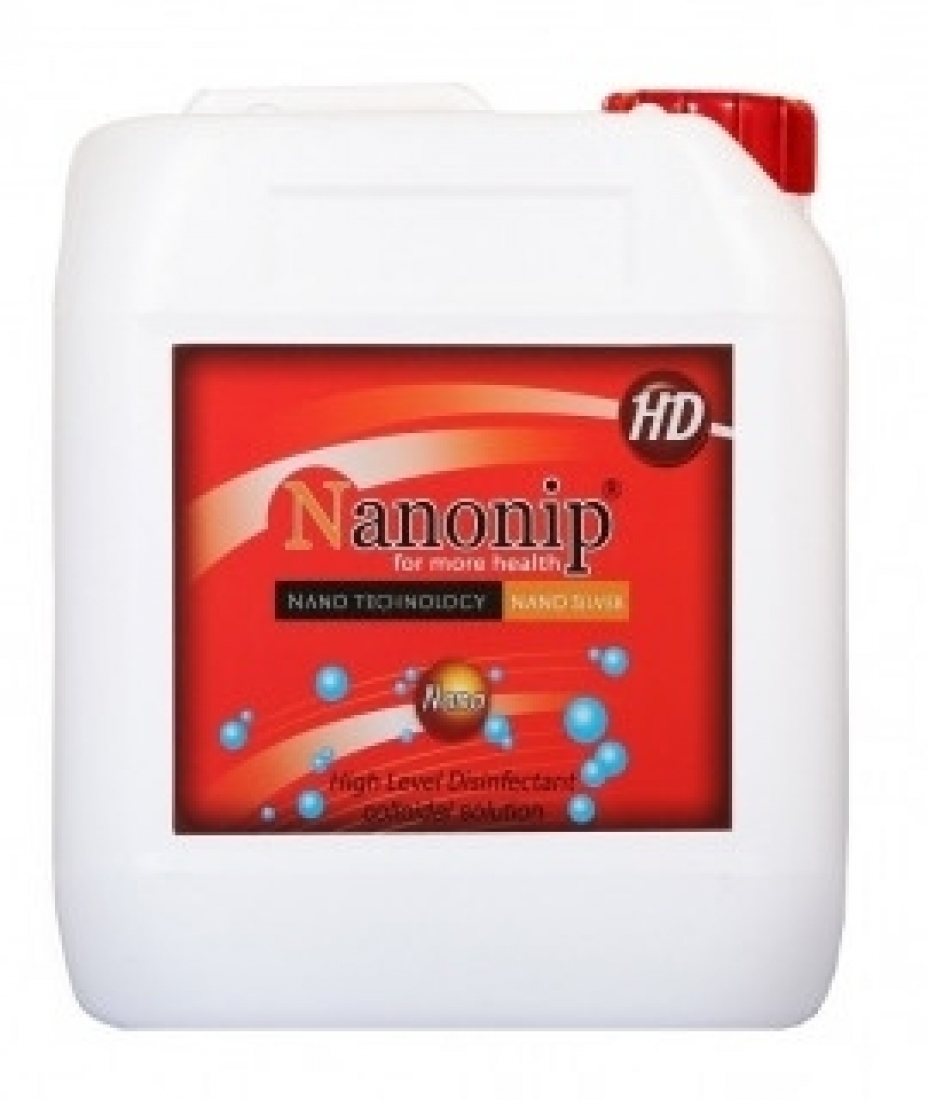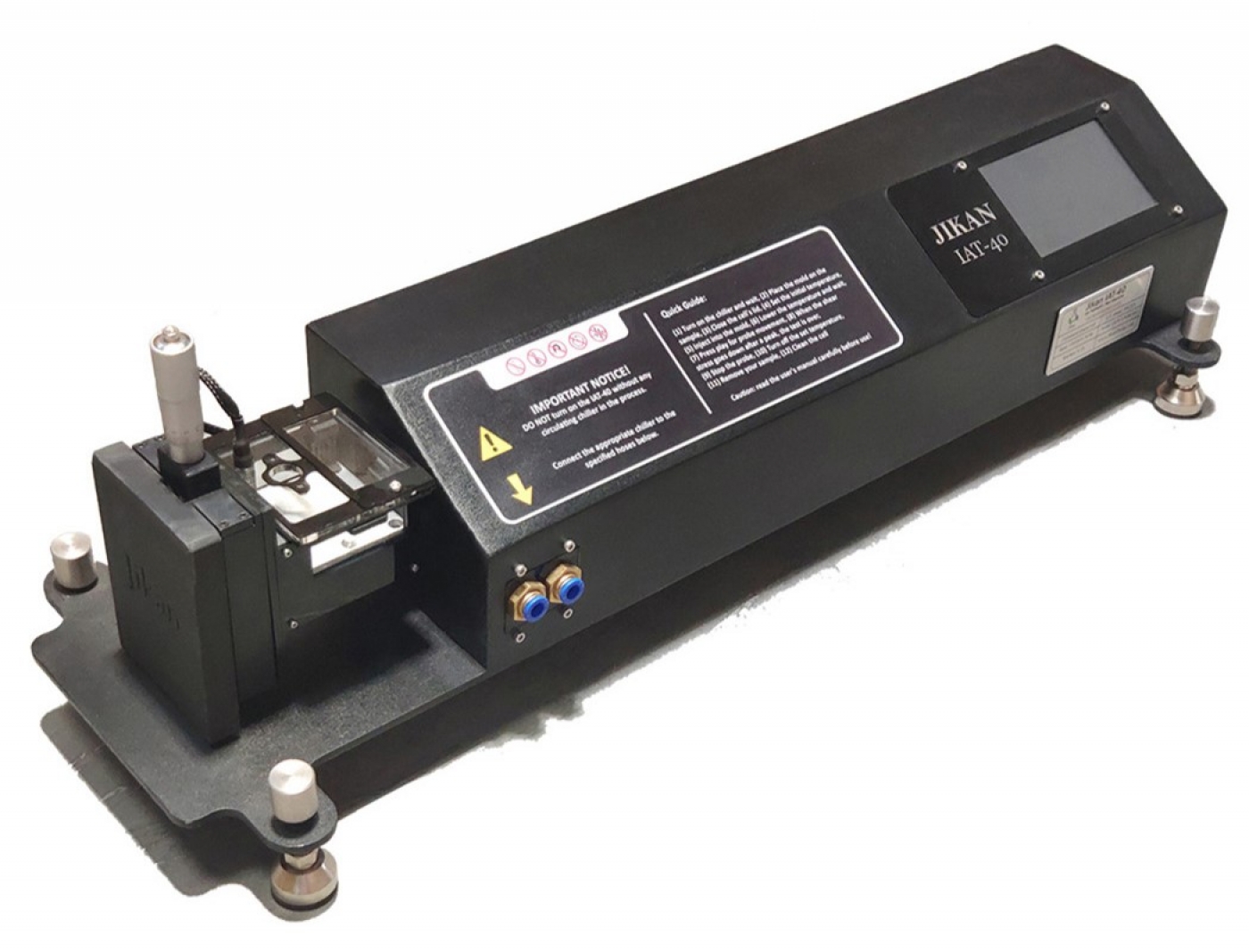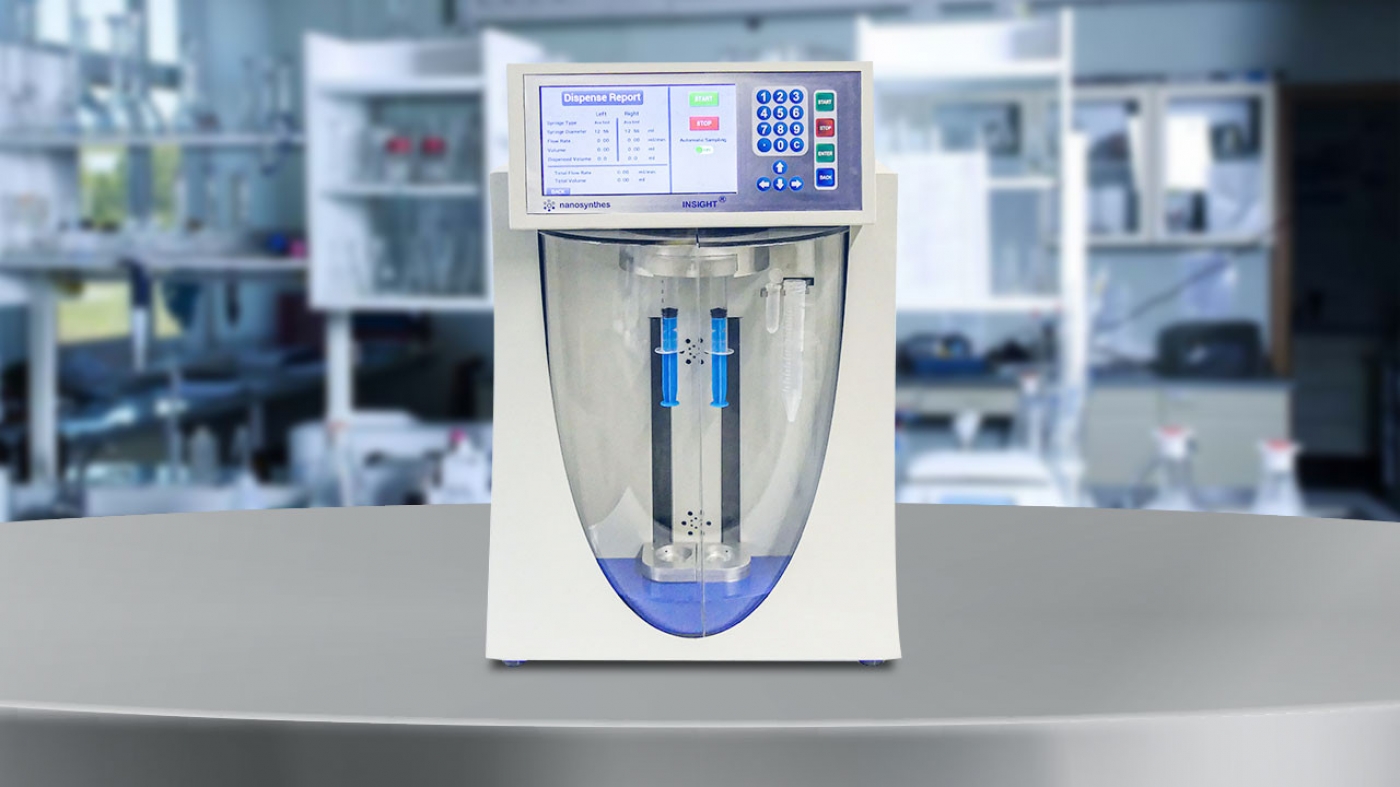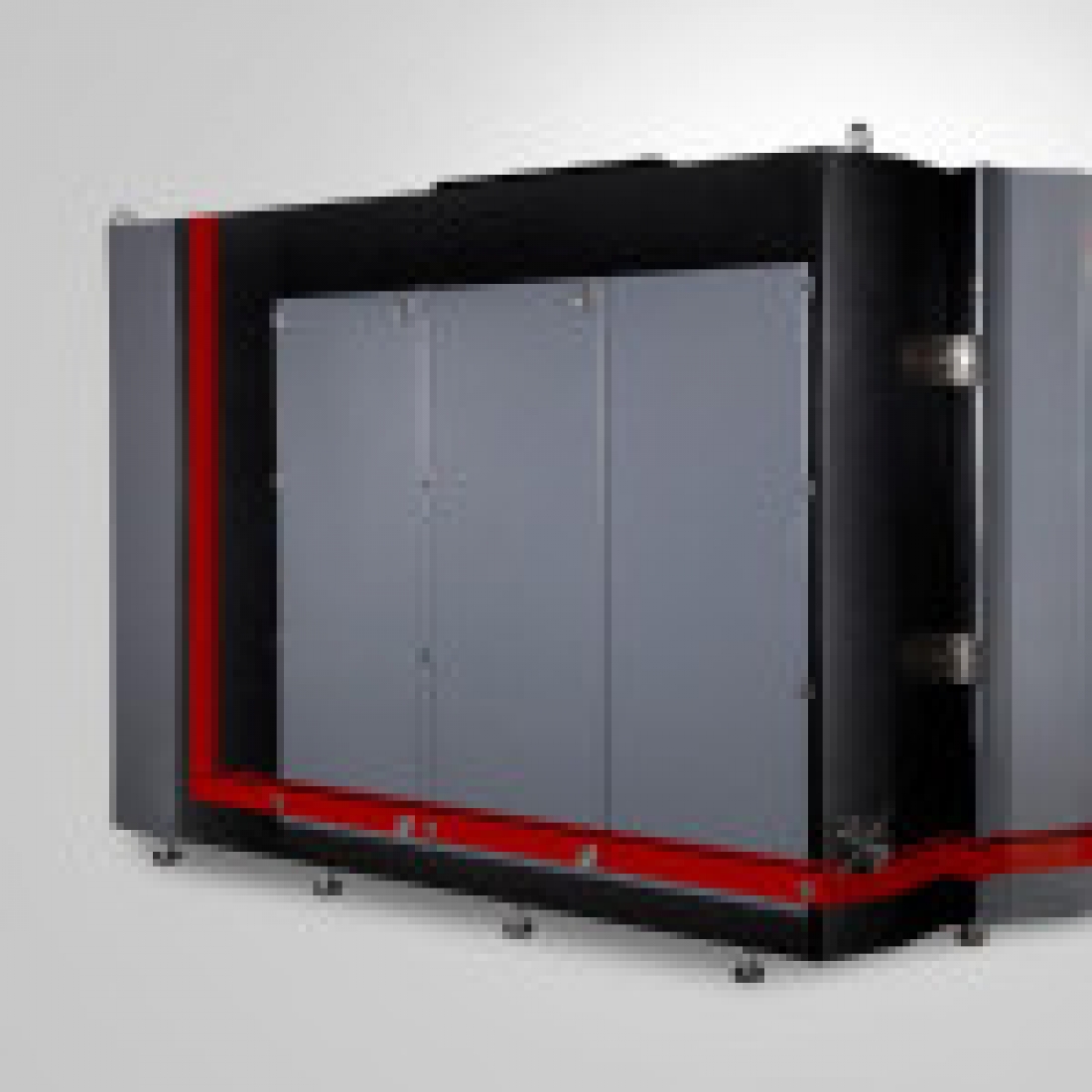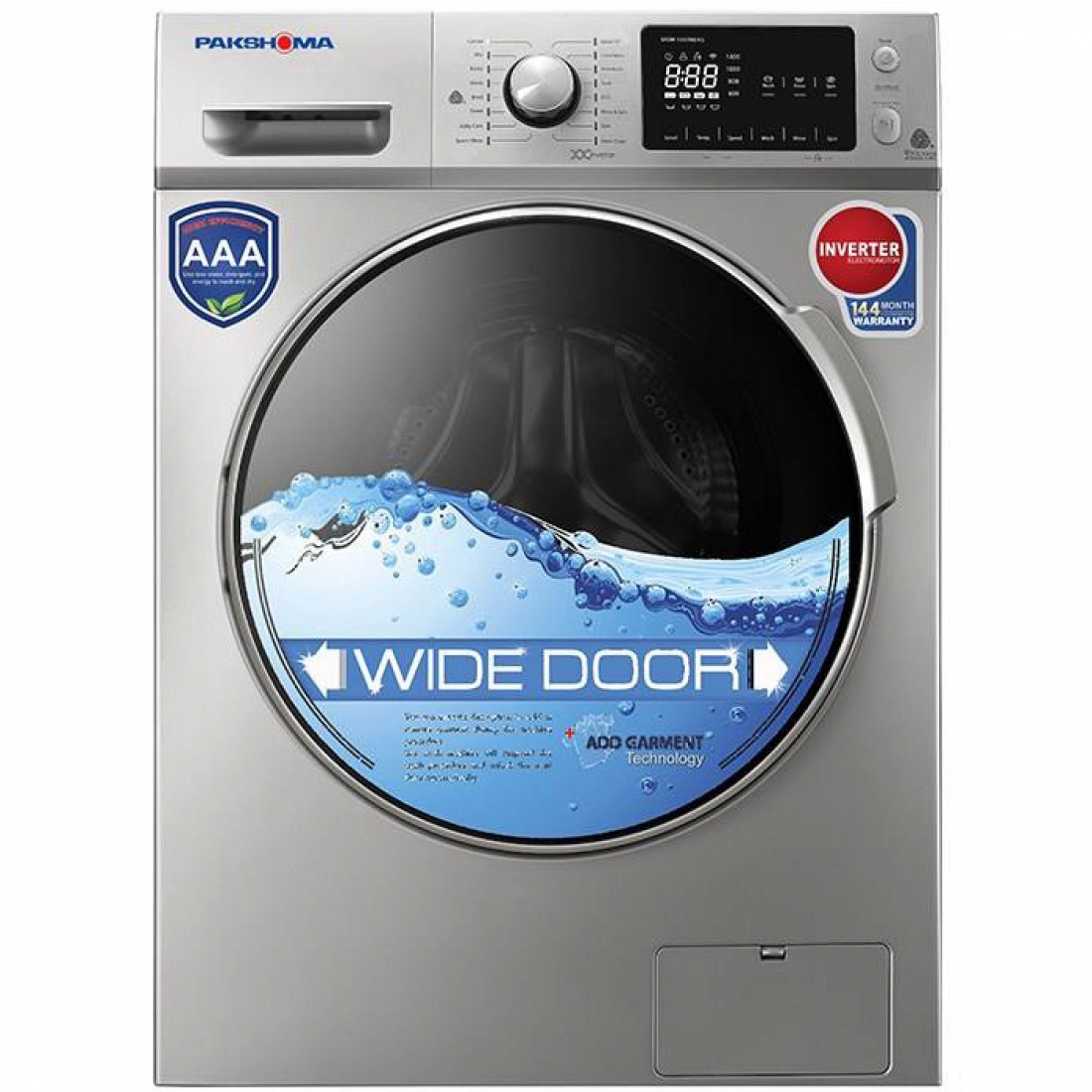The lower surface of cars is exposed to various physical and chemical hazardous effects such as water, sand and gravel throwing, and if not protected, will quickly corrode and damaged.
The lower surface of cars is exposed to various physical and chemical hazardous effects such as water, sand and gravel throwing, and if not protected, will quickly corrode and damaged. Underbody coating made on the basis of polyvinyl chloride polymer (PVC) provides long term protection from corrosion to car's underbody. It also protects parts like internal body panels, frame rails and other inner cavities that are not physically accessible but are prone to corrosion. After baking in the furnace, this product becomes a protective layer and also has properties as sound insulation. Excellent resistance to environmental conditions, lack of settling, proper fluidity in the transfer instruments, uniformity and absence of particles, and lack of high changes in viscosity during storage and no presence of sagging are of the necessary properties to cover the car's chassis bottom coating. Nowadays, the use of nanoparticles in the PVC compounds used in the car's chassis is a cost-effective way to improve the properties of wear resistance, as well as the strength and viscosity improvement. Nanotechnology has been used to improve the rheological properties of the coating in this product.

